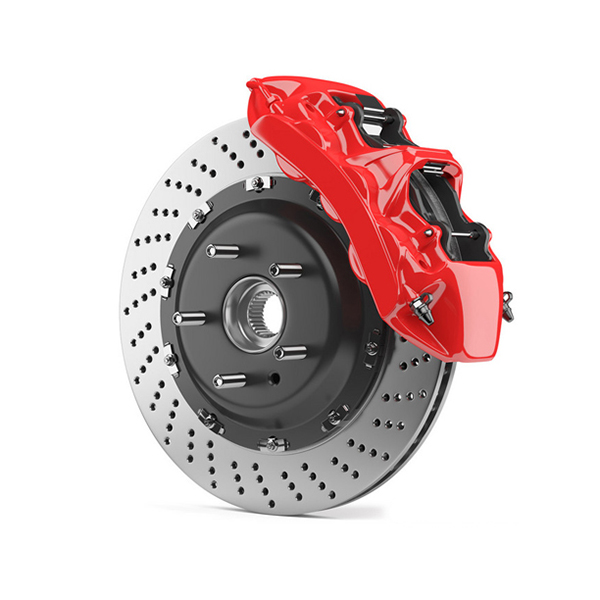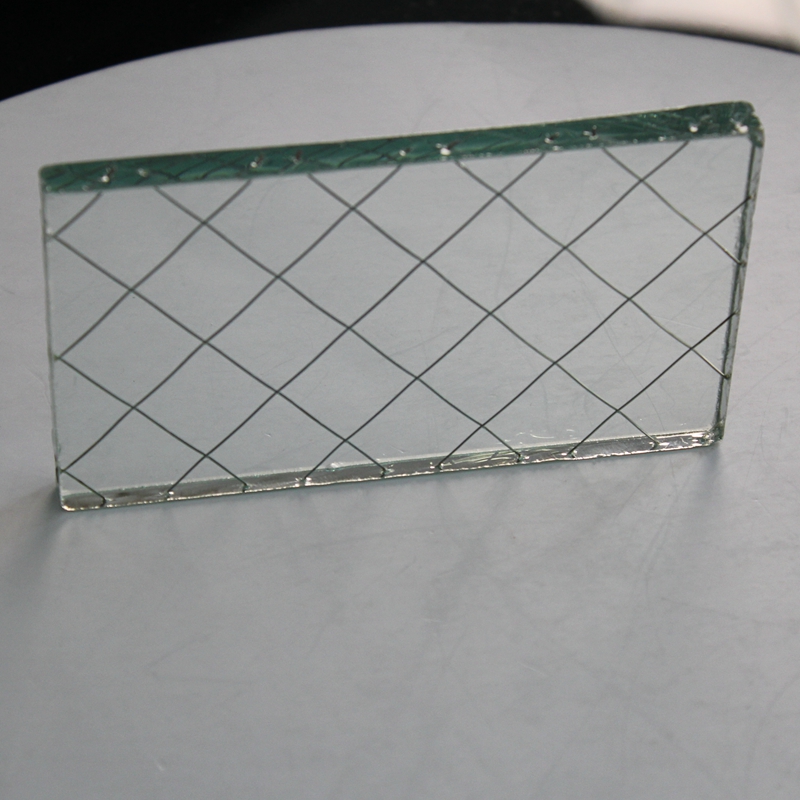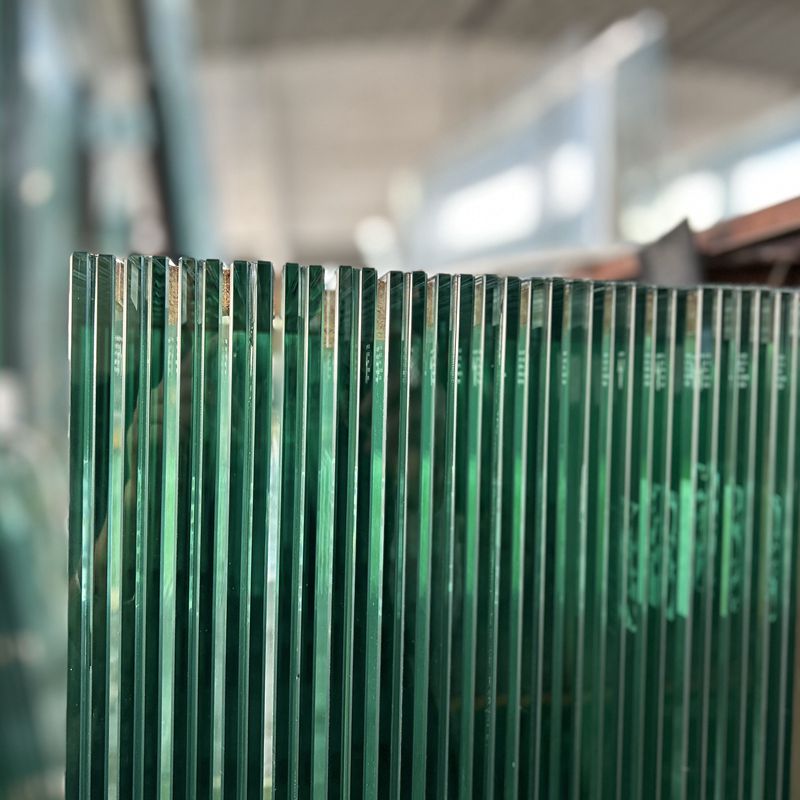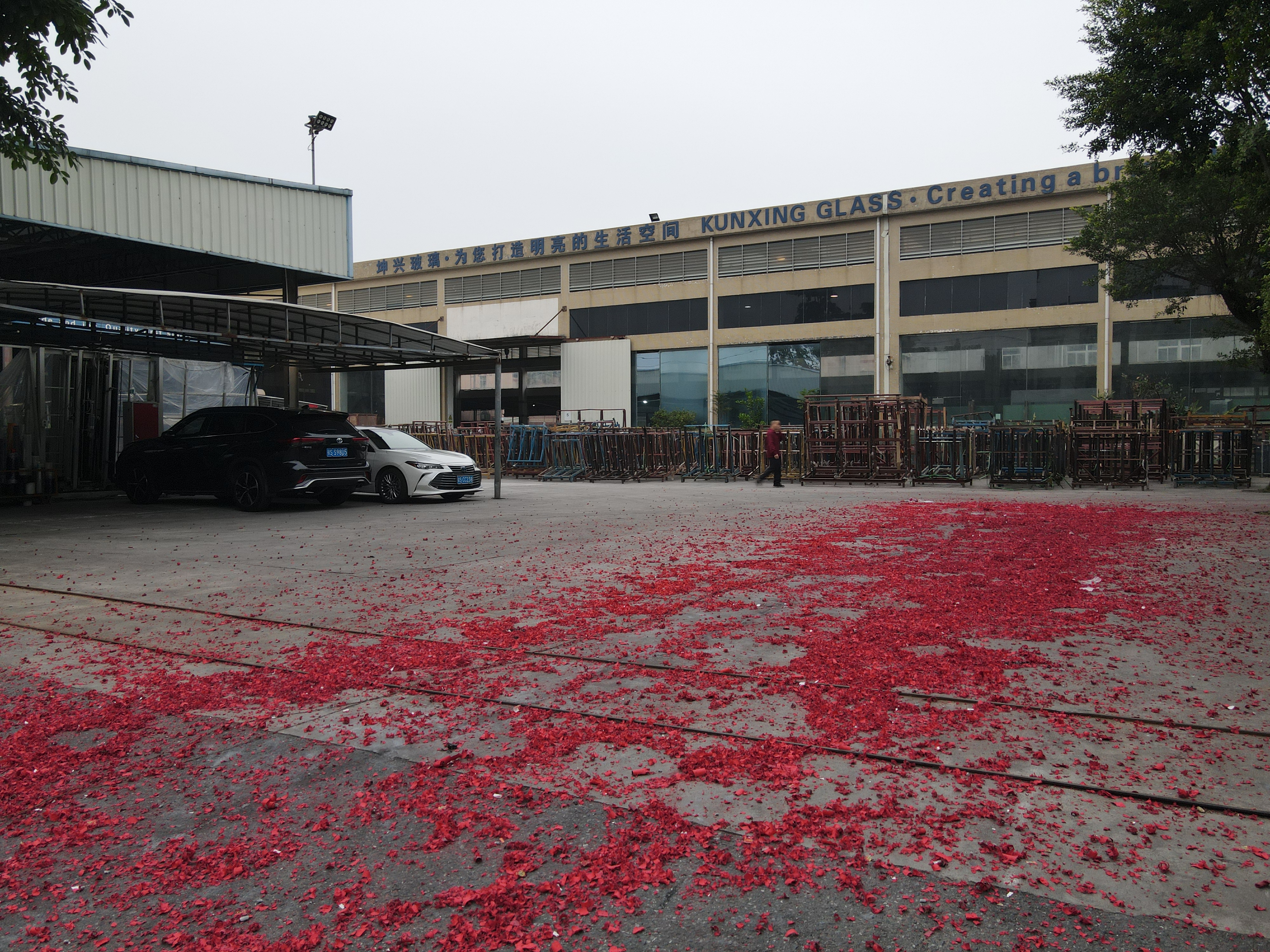Introduction to Glass Terminology
Glass, as a common building material and industrial raw material, has a wide range of applications in modern society. To better understand and communicate information about the glass industry, the following are some common glass terms.
Visible light transmittance
in the visible spectrum (range from 380 nm to 780 nm) , the percentage of intensity of light through the glass.
Visible light reflection rate
in the visible spectrum (range from 380 nm to 780 nm), the percentage of glass is the reflection of the light intensity.
Solar penetrating rate
in the solar spectrum (range from 280 nm to 2500 nm ), the percentage of Uv light and near-infrared light energy through the glass.
Solar reflection rate
in the solar spectrum (range from 280 nm to 2500 mm) within the scope of glass reflection ultraviolet, visible and near-infrared light the percentage of energy through the glass.
U-Value
ASHRAE standard conditions, due to heat transfer of glass and indoor and outdoor temperature difference, the formation of air to air heat transfer. its English units are: English calorie per hour per square foot per fahrenheit. Metric units are: watts per square meter per Kelvin temperature.The lower the U value, the lower the heat transfer through the glass.

Winter U value
The conditions of outdoor air temperature of 90 °F(18°C), the indoor air temperature of 70°F(21°C),outdoor air flow rate is 15 MPH (24 km/h), indoor air natural convection, the sunlight intensity 0 (night).

Summer U value
The conditions of outdoor air temperature of 90 ° F (32°C), the indoor air temperature of 75 °F (24°C),outdoor air f;ow rate of 7MPH (12 km/h),indoor air natural convection, the sunlight intensity of 248 BTU/h-ft²(0W/㎡)(day)
Shading coefficient
Under the same conditions, the amount of solar radiation energy through a glass component is the shading coefficient of the component by the ratio of the amount of the transparent glass through 3 mm, which is represented by SC.The smaller the shading coefficient, the better the performance of direct sunlight.
Relatively heat gain
The moment the solar energy passes through the window, it heats up. These include solar radiation heat gain(shading coefficient) and conduction heat (U).Relatively lower heat gain, the better the performance, according to the ASHRAE standard,during the day in the summer, the sun radiation intensity of 200 BTU/h-ft²(630 W/m²).no shade outdoor indoor temperature for 14°F,relatively increased heat gain =summer U value by temperature difference between indoor and outdoor +shading coefficient,the relative heat gain =14*F shading coefficient of Summer U+200 BTU/h-ft² or, relative heat gain = 7.8* summer U value +630* shading coeffcient (W/m²).
ANTI-PRESSURE PERFORMANCE OF THE GLASS
Glass Type | Commonglass | |||||
Thickness | (Kpa) Maximum wind pressur | (mm) Maximum flexivity | (Kpa) pressure Maximum wind | (mm) flexivity Maximum | (Kpa) pressure Maximum wind | (mm) flexivity Maximum |
6 | 11.2 | 34.3 | 4.1 | 19.3 | 2.1 | 12.3 |
8 | 16.5 | 30.2 | 5.6 | 13.9 | 3.2 | 9.2 |
10 | 18.6 | 22.7 | 7.5 | 11.1 | 4.8 | 7.4 |
12 | 21.5 | 17.5 | 10.4 | 9.2 | 6.8 | 6.1 |
2000x1000mm Supportingfrom:four-edge support,glass panel:2000x1000mm | ||||||





